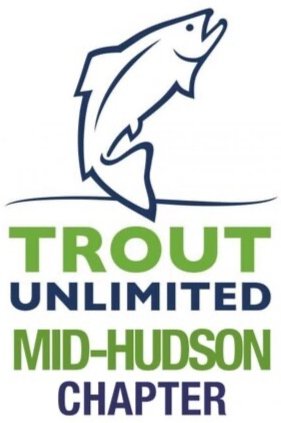Emerger version tied by Jim Cramer, photo by Hans Weilenmann
"Deep" version tied by Frank Thompson, photo by Hans Weilenmann
LaFontaine's Sparkle Emerger and Deep Sparkle Pupa
Unlike mayfly hatches, trying to figure out caddis can be more of a problem. In the beginning of a hatch cycle when you may see very few caddis taking to the air most of the activity will be near the bottom of the water column where the pre-emerging caddis will be carried along by the current, and this is where the deep sparkle pupa come into play. Note that this phase may take up to a couple of hours. As the hatch progresses and more caddis emerge then the emergent sparkle pupa comes into play. To understand these hatches in more detail you can read the article on the fishing page of this website entitled "Understanding and Fishing a Caddis Hatch" or you can read up on it in LaFontaine's book, Caddisflies. Another part of the puzzle will be to decide what colors you will need, so understanding which caddis were on the water yesterday should help. The colors in the recipe below are for a tan bodied caddis.
- thread: black
- body: tan dubbing
- veil: white or cream antron or z-lon
- shuck: same as veil
- wing: tan elk or deer hair
- head: coarse brown dubbing
The veil and shuck of this fly are tied by employing an unusual technique which is more easily described in the following video than it would be by explaining it with words:
The deep sparkle pupa is tied in the same manner except there is no shuck, the wing is eliminated and a beard of brown partridge or similar hen feather is substituted.
